I came to the Provincial Museum, Facility 1, in Yen Bai Ward on an early autumn morning, not only to look around but also to listen to "messages from the past". In the gallery displaying archaeological artifacts from different periods, under the soft light, patterned ceramic pieces, bronze drums, stone arrows... guide viewers through the memories of the residents who once lived here. Master of Archaeology Nguyen Tien Hoa - Deputy Head of the Professional Department, Provincial Museum looked over each shelf: "Each piece of ceramic, each bronze object is a story about daily life, beliefs, and trade. The ancients left us traces and our task is to decode, preserve, and convey them". That "decoding" is not only the work of archaeologists or museum staff, but is a bridge between science and the community, between expertise and collective memory.

Meeting a group of students from Le Hong Phong Secondary School who came to visit during an extracurricular program, I asked them how they felt about the ceramic vases, bowls...? Phuong Linh shyly replied: "I find it very strange. I didn't think that the ancient people who lived in this land could make bowls, teapots and even bronze drums with such sophisticated patterns. I want to know how the ancient residents lived, was it the same as now?"
Indeed, behind the artifacts are human lives and the curiosity of the young generation is the spark that keeps the stories of the past alive. Ms. Mai Thi Thuy Huong - a tour guide at the Provincial Museum shared: "When seeing real artifacts, touching models, hearing "their" stories, children will be more proud and protect the heritage better. They are not only the recipients, but can also become future guardians."

Today's responsibility, as many people in the industry still mention, is both a scientific and an ethical responsibility. "Preservation is not just about storage," Mr. Hoa emphasized when leading me around the storage warehouse. He pointed to a stone axe with grinding marks: "This is raw material from thousands of years of labor. If we only look with curious eyes without devoting resources to analysis and preservation conditions, future generations will lose the ability to understand more about them." He quickly walked to the group of artifacts excavated at the Hac Y pagoda relic (Tan Linh commune) as a testament to the cultural development process of this land. Through 7 excavations, the Provincial Museum has collected thousands of artifacts dating from the 13th - 14th centuries (Tran Dynasty). These artifacts not only have historical value but also carry many stories about the life and culture of the people here. The Hac Y pagoda and tower relic site is a large complex with three pagoda ruins, more than 10 tower traces, and many auxiliary works. Most of the discovered artifacts are made of terracotta, reflecting the crafting techniques and aesthetics of ancient people. These artifacts are not only evidence of the spiritual development of the people but also a bridge between the past and the present. Master of archaeology Nguyen Tien Hoa shared: "The excavation has clearly shown the culture of the Tran Dynasty, one of the most glorious periods in Vietnamese history. The artifacts not only help us better understand the beliefs and spiritual life of the people at that time but are also a valuable source of materials for historical and archaeological research." The provincial museum must balance its resources between the need to display attractive displays to the public and the strict preservation of archaeological documents. "We must learn how to both approach the community and do science," Mr. Hoa emphasized.

Mr. Le Van Binh, a tourist from Hanoi, visited the Provincial Museum with the intention of finding traces of regional culture. He said: “I came here to learn more about local history. The artifacts here make me think about the connection between the lowlands and the mountains, about the ancient trade routes. I think that preserving these artifacts is preserving identity, is searching for ancient knowledge that can be applied in the present.”

Lao Cai Provincial Museum, Facility 1, is preserving and displaying many local archaeological artifacts spanning many historical periods, from prehistoric, early historical to the feudal period. Among them, there are many sets of artifacts that are still relatively intact, such as: Dao Thinh bronze drum, production tools of ancient residents... All bring a vivid space about the ancient history of mankind formed and developed on this land. Master of Archaeology Nguyen Tien Hoa added: “The museum’s archaeological artifacts have made an important contribution to the study of the history and culture of this land. For example, the Hop Minh bronze jar kept at the museum not only has chronological value but also demonstrates the crafting art and social life of the people more than 2,000 years ago. Similarly, the Hac Y relics also show the cultural development of the Tran Dynasty in Yen Bai, thereby affirming the position of this land in the historical context of Dai Viet in the 13th - 14th centuries.”

Although modest in scale, Lao Cai Provincial Museum 1 plays a big role in conveying messages from the past. The museum is focusing on stories connecting artifacts with viewers; organizing interactive presentations; inviting experts to exchange and publish preliminary research; and cooperating with schools to build experiential learning programs. Ms. Mai Thi Thuy Huong added: "We do not just display, but also want artifacts to "speak" in an easy-to-understand and familiar way." Messages from the past are not only warnings or lessons but also invitations to creativity. Many artifacts inspire art, community tourism and educational initiatives. Artifacts are not just from a small community but are part of the common history of the nation and humanity. A bronze ring or a piece of pottery, no matter how small, can shed light on economic and cultural relationships throughout the ages. Preservation is how we retain the records so that science can continue to advance. But more than that, preservation is an ethical act: not stealing, not hiding, not letting memories be erased.

Leaving the Provincial Museum, with the stories I had heard, the professional analysis of the museum staff, the innocence of the students, the concerns of the visitors and the considerations of the archaeologists... made me feel nostalgic. Each of us is faced with a choice of viewing the past as a source of raw materials to be exploited, or as a treasure that needs to be protected, decoded and shared. "Messages from the past" remind us that we are "borrowing" the past to live in the present and build the future. Therefore, each artifact needs to be protected to preserve history - the foundation for development today and tomorrow.
Source: https://baolaocai.vn/loi-nhan-tu-qua-khu-post884739.html


![[Photo] Immerse yourself in the colorful musical world of “Secret Garden Live in Vietnam”](https://vphoto.vietnam.vn/thumb/1200x675/vietnam/resource/IMAGE/2025/10/18/1760805978427_ndo_br_thiet-ke-chua-co-ten-41-png.webp)
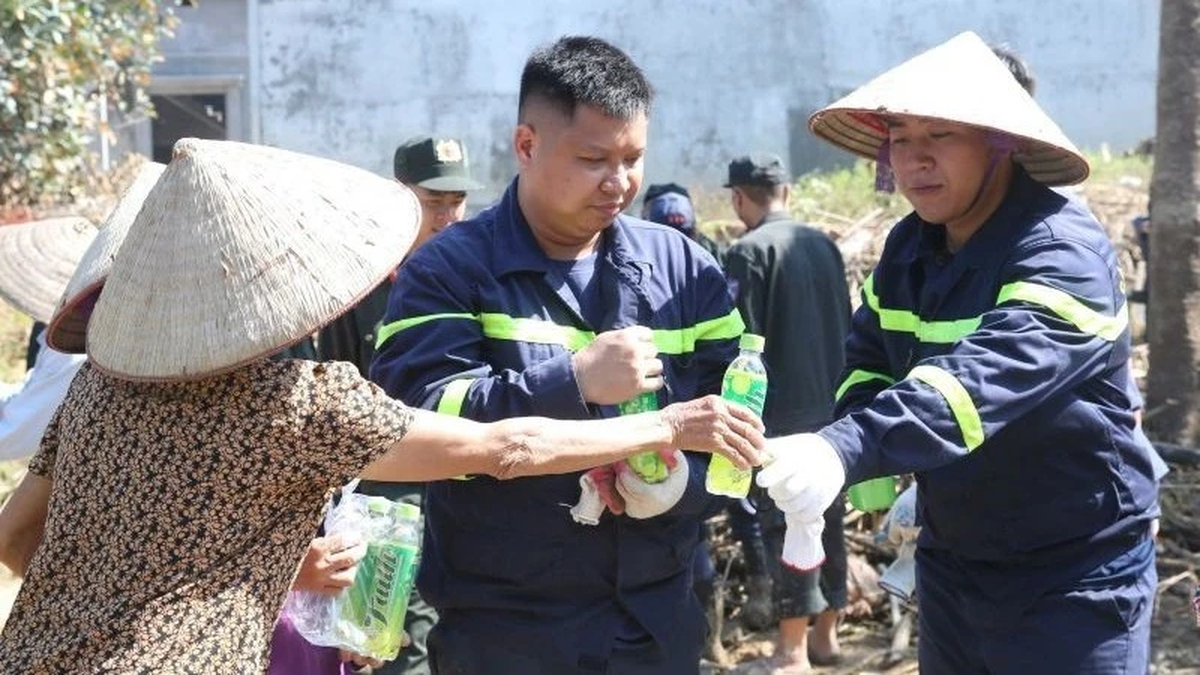

![[Photo] Closing ceremony of the 18th Congress of Hanoi Party Committee](https://vphoto.vietnam.vn/thumb/1200x675/vietnam/resource/IMAGE/2025/10/17/1760704850107_ndo_br_1-jpg.webp)
![[Photo] General Secretary To Lam attends the 95th Anniversary of the Party Central Office's Traditional Day](https://vphoto.vietnam.vn/thumb/1200x675/vietnam/resource/IMAGE/2025/10/18/1760784671836_a1-bnd-4476-1940-jpg.webp)
![[Photo] Collecting waste, sowing green seeds](https://vphoto.vietnam.vn/thumb/1200x675/vietnam/resource/IMAGE/2025/10/18/1760786475497_ndo_br_1-jpg.webp)
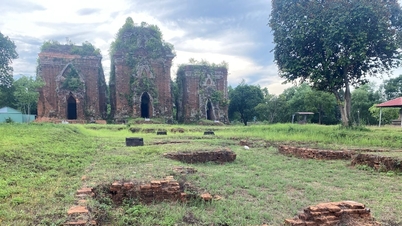

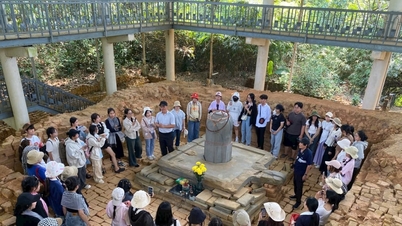

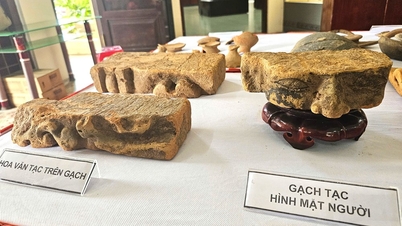





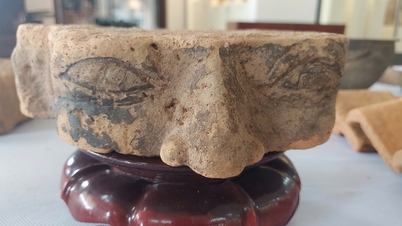


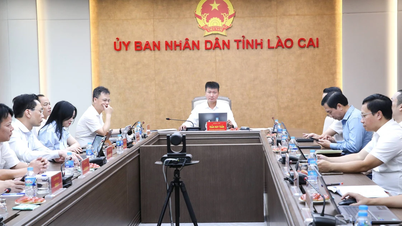
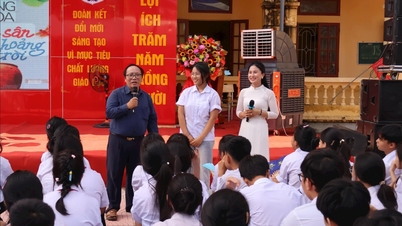




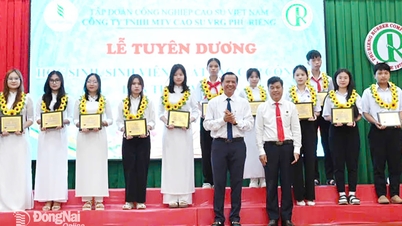





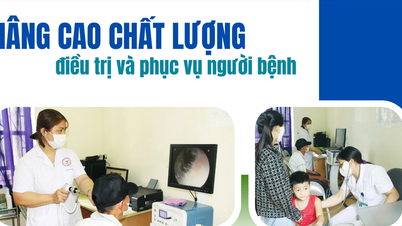
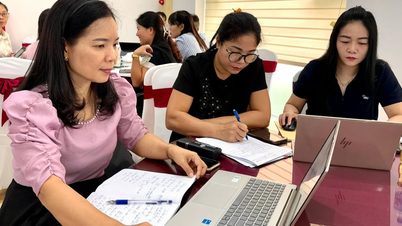
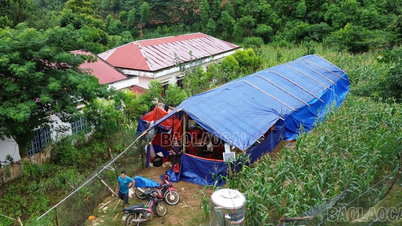
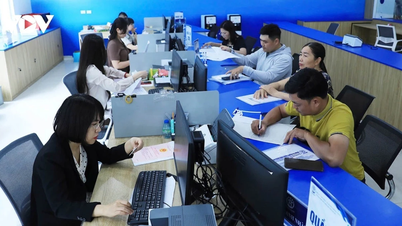
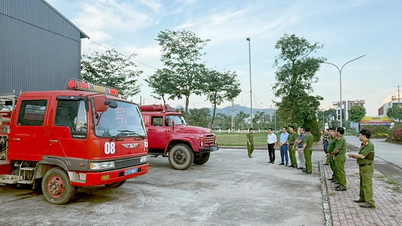
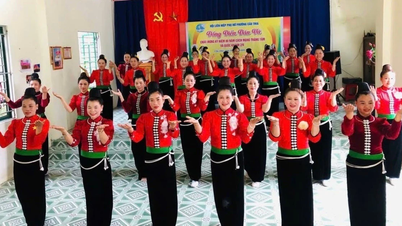


































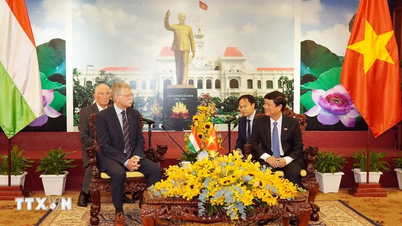


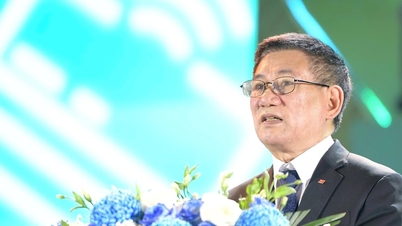


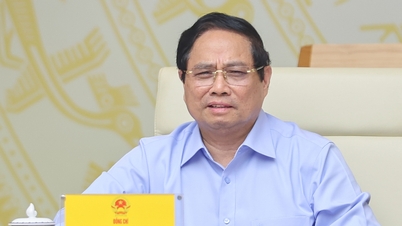
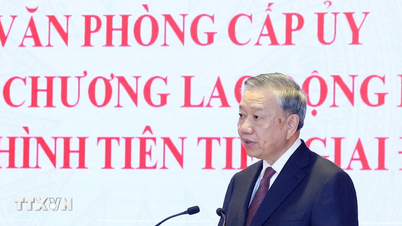







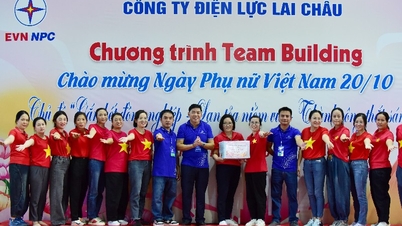

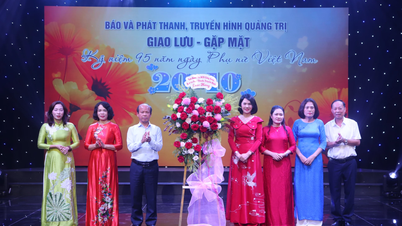

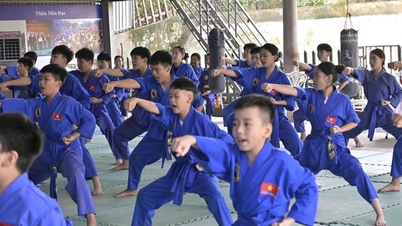

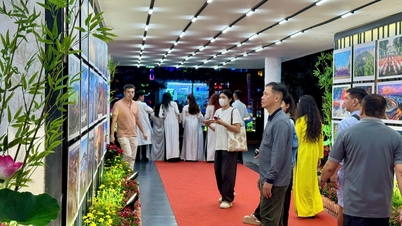
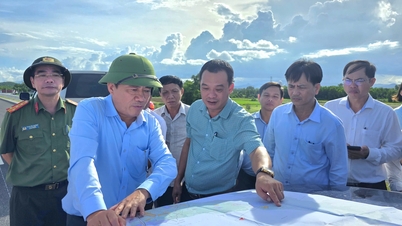
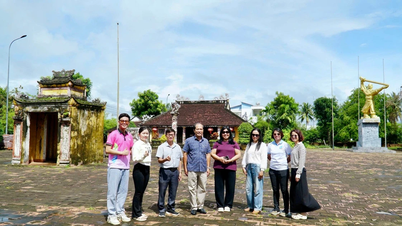












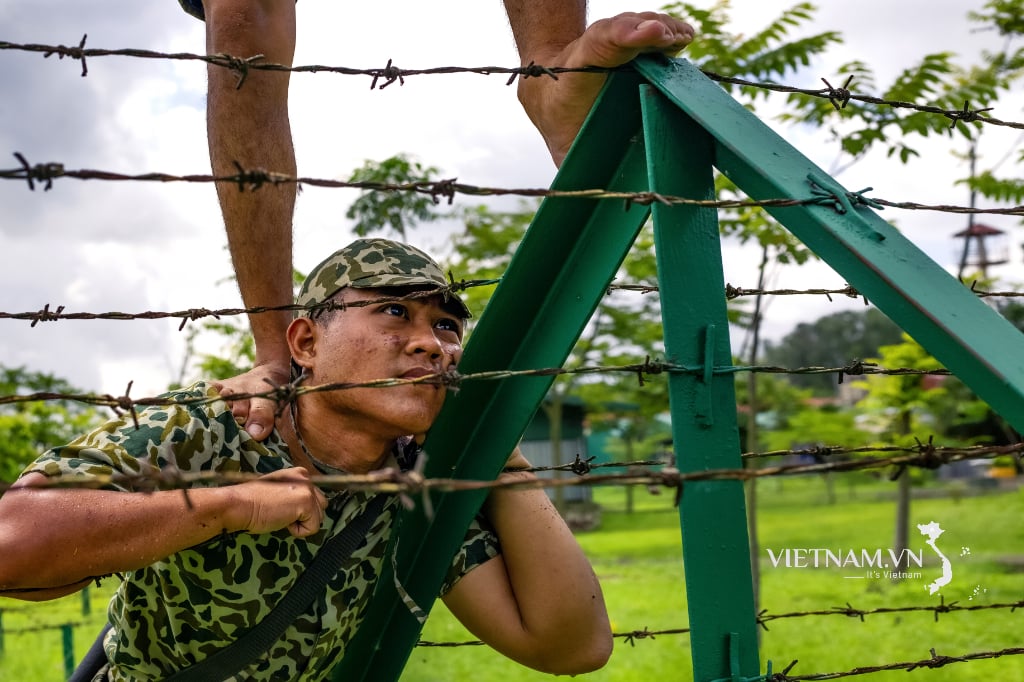
Comment (0)